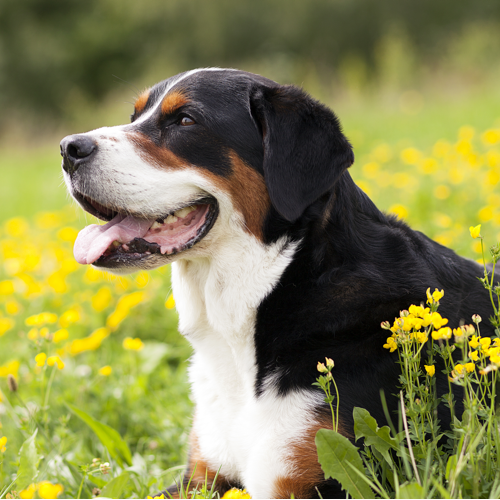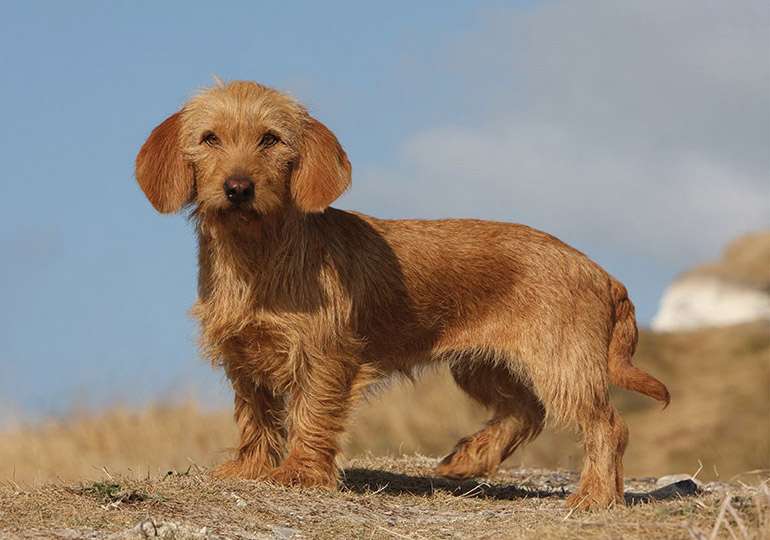
The Greater Swiss Mountain Dog is a canine breed that originated in the Swiss Alps and is also known by the German and French names Grosser Schweizer Sennenhund and Grand Bouvier Suisse.
Morphological Characteristics
Although the breed is huge, heavy-boned, and physically strong, it is still agile enough to carry out the multipurpose farm tasks for which it was originally employed. Its coat should be black, white, and rust in order to comply with breed standards. The dog’s top back, ears, tail, and the majority of its legs are all covered in black. Rust should be visible on the legs between the white and the black, as well as on the cheekbones and an area over the eyes. White should be present on the nose, feet, tail tip, chest, and up to the space between the eyes from the muzzle.
Care as a Pet/ In Captivity

Feeding
A Greater Swiss Mountain Dog adult should typically consume four to five cups of premium dry food daily, divided into two meals. Puppies from large breeds like the Swissy require calm, steady growth to help them avoid orthopedic issues like hip dysplasia.
Exercise
Great Swiss mountain dogs don’t need a lot of exercise, despite being athletic canines. Plan to engage in physical activity for about an hour each day, such as walks, treks, and retrieve. This is probably not the breed for you if you want a canine running buddy for lengthy distances. Due to its thick double coat, this dog has remarkable resistance to the cold. But warmer heat can make it vulnerable. Therefore, limit your time outside while it’s hot.
Grooming
The coat of this breed requires little upkeep. To get rid of lank fur, schedule weekly brushing. Expect to shed more frequently twice a year in the spring and fall. To remove all the loose fur at that point, you should brush more frequently and thoroughly.
Depending on how dirty your dog becomes, baths are required approximately every month. Additionally, determine if your dog’s nails need to be trimmed each month. Additionally, check your dog’s ears at least once each week for wax accumulation, debris, and irritation. and make an effort to brush its teeth daily.
Table





